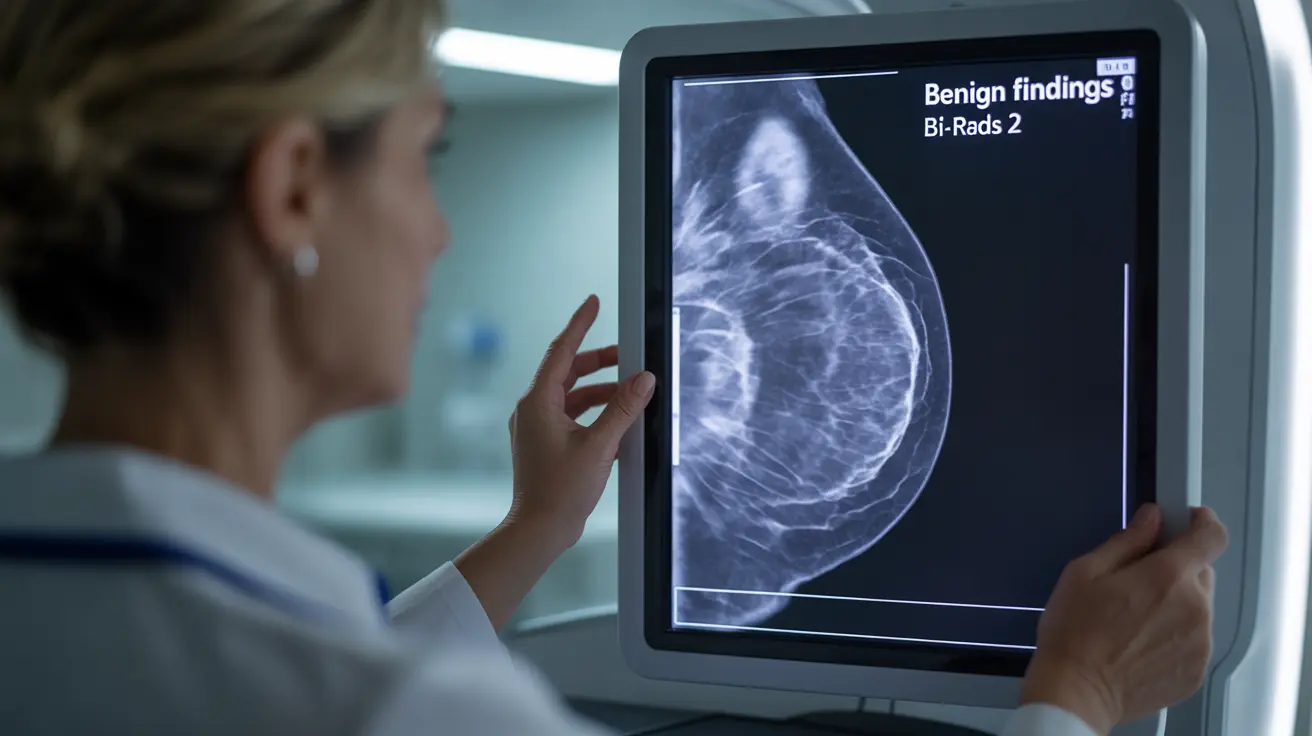Bell's palsy, a condition that causes temporary facial paralysis, can be both physically and emotionally challenging. While medical treatments are often necessary, exercises play a crucial role in recovery and symptom management. This article explores effective Bell's palsy exercises, natural remedies, and important considerations for those affected by this condition.
Understanding how to properly exercise facial muscles and manage symptoms can significantly impact recovery time and overall outcomes. Let's delve into the most beneficial techniques, their proper execution, and how they fit into a comprehensive Bell's palsy management plan.
Effective Exercises for Bell's Palsy
Facial exercises are a cornerstone of Bell's palsy recovery, helping to improve muscle strength, coordination, and nerve function. Here are some of the most effective exercises:
Facial Muscle Strengthening
Eyebrow Raises: Slowly lift your eyebrows as high as possible, hold for 5 seconds, then relax. Repeat 10 times.
Eye Closure: Gently close your eyes, focusing on using the muscles around them. Hold for 5 seconds, then relax. Repeat 10 times.
Smile and Release: Smile as wide as you can, hold for 5 seconds, then relax. Repeat 10 times.
Mouth and Cheek Exercises
Cheek Puffs: Puff out your cheeks with air, hold for 5 seconds, then slowly release. Repeat 10 times.
Lip Pursing: Purse your lips as if you're going to whistle, hold for 5 seconds, then relax. Repeat 10 times.
Tongue Movements: Move your tongue from side to side and up and down within your mouth. Repeat each movement 10 times.
Natural Remedies and Symptom Management
In addition to exercises, several natural remedies can help manage Bell's palsy symptoms:
Heat Therapy: Apply warm compresses to the affected side of the face to improve blood circulation and reduce pain.
Facial Massage: Gentle massage can help stimulate nerves and improve muscle tone. Use circular motions with light pressure.
Acupuncture: Some studies suggest acupuncture may help in nerve regeneration and muscle function improvement.
Vitamin B12 Supplements: Consult with your doctor about taking B12 supplements, which may support nerve health.
Stress Reduction: Practice relaxation techniques like deep breathing or meditation to manage stress, which can exacerbate symptoms.
Benefits and Risks of Facial Exercises
Understanding the benefits and potential risks of Bell's palsy exercises is crucial for effective recovery:
Benefits:
- Improved muscle strength and coordination
- Enhanced nerve function and regeneration
- Reduced risk of muscle atrophy
- Increased blood circulation to the facial area
- Potential faster recovery time
Risks:
- Overexertion leading to muscle fatigue
- Possible temporary increase in facial asymmetry
- Risk of synkinesis (involuntary muscle movements) if exercises are performed incorrectly or too aggressively
To minimize risks, it's essential to start exercises gently and gradually increase intensity under the guidance of a healthcare professional. Typically, exercises should be performed 2-3 times daily, with each session lasting about 10-15 minutes.
Massage Therapy for Bell's Palsy Recovery
Massage therapy can be a valuable component of Bell's palsy recovery. Here are some effective techniques:
Gentle Stroking: Use light, upward strokes along the affected side of the face to stimulate nerve endings and improve circulation.
Kneading: Apply gentle kneading motions to the cheeks and forehead to help relax tense muscles.
Tapping: Lightly tap along the jawline and cheekbones to stimulate nerve pathways.
Circular Motions: Use your fingertips to make small circular motions around the eyes, mouth, and cheeks.
Always use gentle pressure and stop if you experience any pain or discomfort. It's advisable to learn proper massage techniques from a qualified therapist before attempting them at home.
Recovery Timeline and Influencing Factors
The recovery time for Bell's palsy can vary significantly among individuals. Typically, improvement begins within the first two weeks, with most people recovering fully within three to six months. However, some cases may take up to a year for complete recovery.
Factors influencing recovery include:
- Severity of nerve damage
- Age and overall health
- Timeliness of treatment initiation
- Consistency in performing exercises and following treatment plans
- Presence of other health conditions
Regular follow-ups with healthcare providers and adherence to recommended exercises and treatments can positively impact the recovery process.
Frequently Asked Questions
What are the most effective exercises for Bell's palsy to improve facial muscle strength and nerve recovery?
The most effective exercises include eyebrow raises, gentle eye closure, smiling and releasing, cheek puffs, lip pursing, and tongue movements. These exercises help strengthen facial muscles, improve coordination, and stimulate nerve function. It's important to perform these exercises consistently and gently to avoid overexertion.
How can I manage symptoms of Bell's palsy without medication, and what are some natural remedies?
Natural remedies for Bell's palsy include applying warm compresses, gentle facial massage, acupuncture (under professional guidance), vitamin B12 supplements (consult your doctor), and stress reduction techniques. These methods can help manage symptoms, improve circulation, and support overall recovery alongside prescribed treatments.
What are the benefits and risks of performing facial exercises for Bell's palsy, and how often should they be done?
Benefits of facial exercises include improved muscle strength, enhanced nerve function, reduced muscle atrophy, and potentially faster recovery. Risks include muscle fatigue and temporary increased asymmetry if done incorrectly. Exercises should typically be performed 2-3 times daily for 10-15 minutes each session, but always follow your healthcare provider's recommendations.
Can massage therapy help in the recovery from Bell's palsy, and what are the best massage techniques to use?
Yes, massage therapy can aid in Bell's palsy recovery. Effective techniques include gentle stroking, light kneading, tapping along nerve pathways, and circular motions on the face. These techniques can improve circulation, stimulate nerves, and relax tense muscles. It's best to learn proper techniques from a qualified therapist before attempting at home.
How long does it typically take to recover from Bell's palsy, and what factors influence the recovery process?
Recovery from Bell's palsy typically takes 3 to 6 months, but can range from a few weeks to a year. Factors influencing recovery include the severity of nerve damage, age, overall health, timely treatment initiation, consistency in exercises, and the presence of other health conditions. Regular medical follow-ups and adherence to treatment plans can positively impact recovery time.




